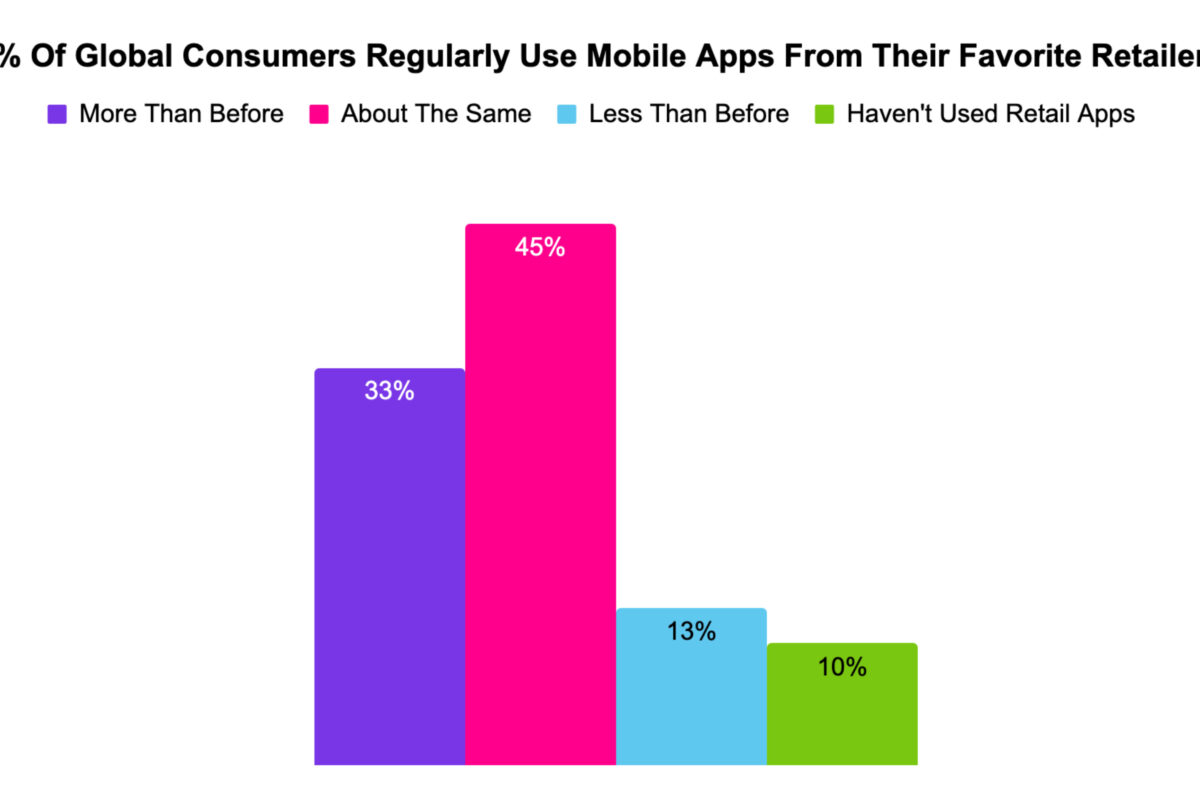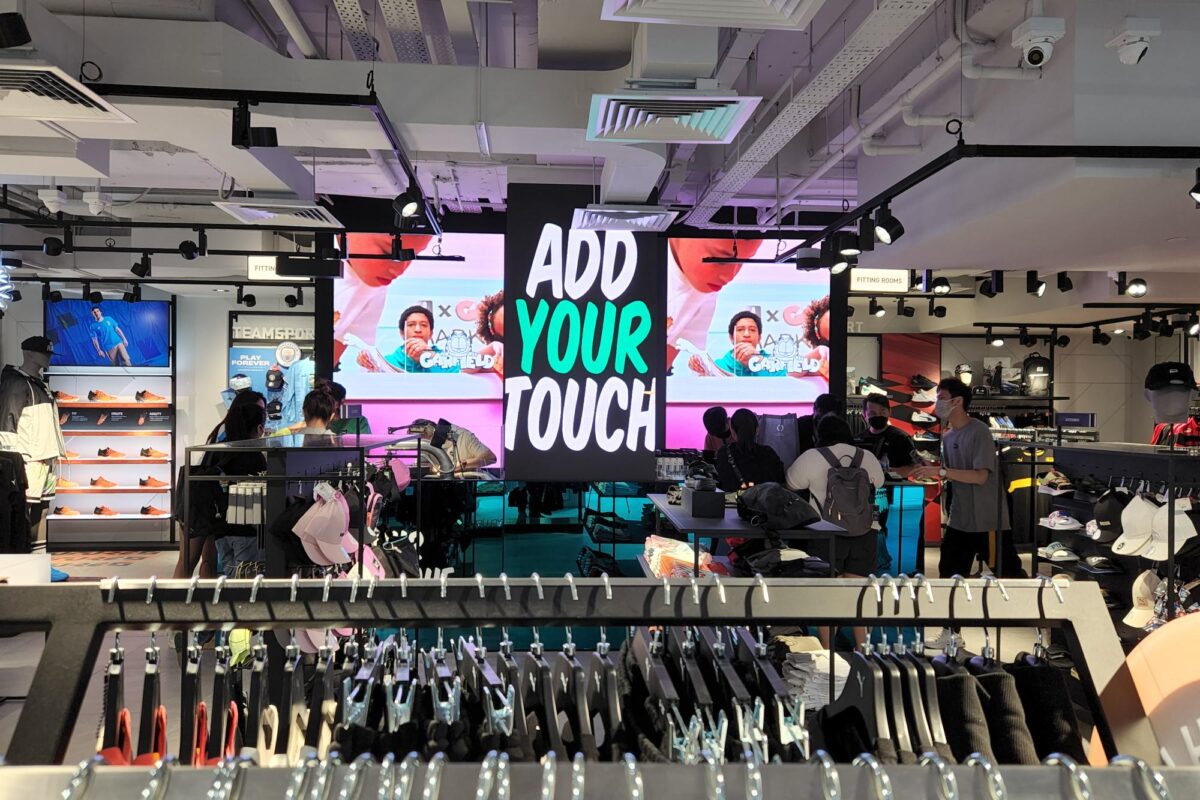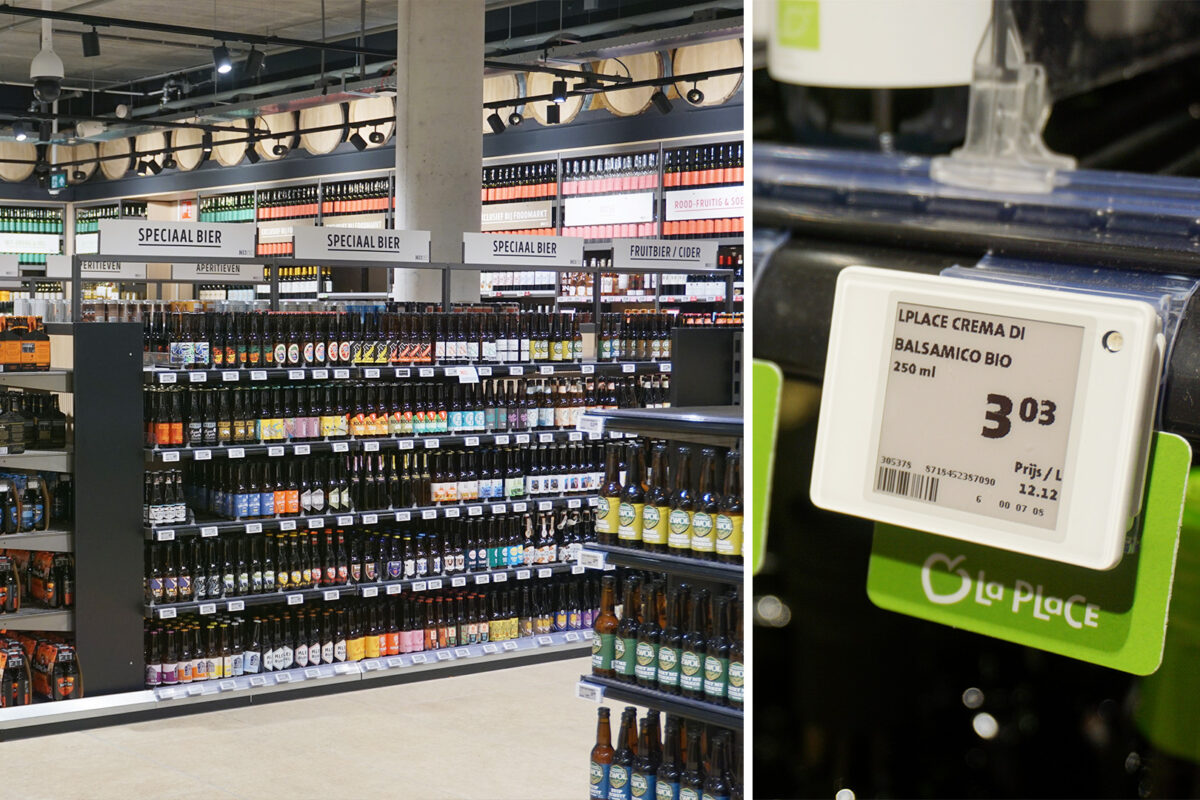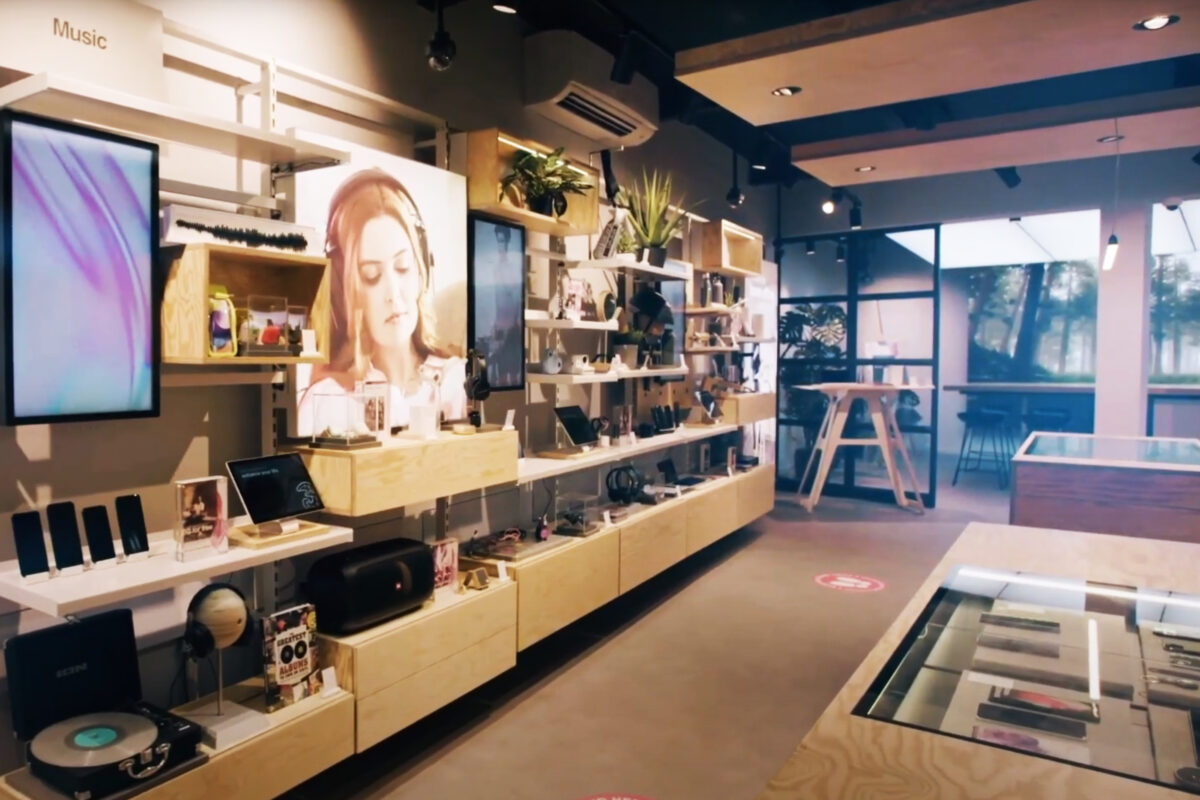Retailers can grab their customers’ attention in a variety of ways – not just at the shelf
by Katja Laska (exclusively for EuroShop.mag)
Catching the customer’s eye, boosting sales – two paramount objectives for any retailer. The new study titled “Exploratory Shopping: Attention Affects In-store Exploration and Unplanned Purchasing” shows ways to grab customer attention that go beyond the typical aisle shelf space. One of the study’s authors, Dr. Mathias Streicher from the University of Innsbruck, tells us why this is so important, explains how it works and describes why a broad or narrow attentional focus affects the quantity in the shopping cart differently.

Mathias Streicher works at the Innsbruck University School of Management in the Department of Strategic Management, Marketing and Tourism // © University of Innsbruck
Dr. Streicher, how did you and your partners come up with the idea for this study?
Dr. Matthias Streicher: We met at a marketing scientific conference in 2014. Zachary Estes and I already knew each other from previous research projects and happened to both attend Oliver Büttner’s lecture about visual attention. The three of us struck up a conversation after the lecture and quickly realized that consumer research on customer attention still primarily focused on brick-and-mortar settings, with a special emphasis on shelf displays. Yet there was scant research that explored how attention patterns can affect the dynamics of retail shopping. We wanted to close this research gap.
What was your approach?
We conducted seven individual studies throughout the project. In three field studies, we randomly chose and asked real supermarket shoppers if they would like to participate in our experiment. Participants included men and women of all ages, with a higher percentage of women volunteers. The remaining lab studies involved University of Innsbruck students. The lab and field studies revealed significant result similarities.
What did the practical implementation look like?
We used digital displays to manipulate the breadth of attention of customers in a mini market on the Innsbruck university campus. These are the types of displays that are widely used as advertising formats in stores.

©Ellinnur Bakarudin
For a broad focus, we displayed random and consecutive product images on the left or right periphery of the screen (using spatial diffusion), while the same images always appeared in the middle to render a narrow focus. The participants then received mobile eye tracking systems that allowed us to study their eye movements. Participants were positioned in front of a candy shelf and asked to select products. The participants who were previously shown images at the periphery of the screen looked at notably more areas of the candy rack than the control group, who were shown the same images in the middle of the screen. The test subjects also had far more items in their baskets in the end: Both the total quantity and product variety were increased.
For the second study in a supermarket in Tyrol (Austria), we gave the customers pedometers. Once again, they were shown product images via a display before they started shopping. Much like in the study described earlier 50 percent of the research participants were shown spatially distributed product images that appeared randomly in different screen areas and were directed at broad attention. The other half were shown the same images in the center of the screen.
While those customers whose attention was narrowly focused walked ca. 240 meters inside the store, customers subjected to broad attentional focus walked over 300 meters. It is also interesting to note that the percentage of unplanned purchases in the customers’ shopping carts doubled.

©garetsworkshop
What key and surprising insights have you gained from this experiment?
We were intrigued by how much a simple intervention affects a consumer’s shopping behavior, meaning it exhibits time stability. Besides processes of visual or physical exploration, our research shows that the breadth of attention also has downstream effects, which ultimately influence the number of unplanned or spontaneous purchases: customers with a broad attentional focus are not only exploring the product assortment more extensively, but they also make more unplanned purchases – despite similar pre-shopping lists and plans, which we asked about prior to the experiment.
What inferences and conclusions do you draw for the retail industry and consumer behavior?
From a practical perspective, this research can incentivize stakeholders to deliberately factor in visual processing patterns when it comes to visual in-store communication via digital signage and similar media. So far, image content and messages tend to be centered, perhaps because retail communication managers know that content in the center of the screen is processed at a faster rate. We show that this centralized design also has consequences: Once you have initiated the shopper’s narrow focus via in-store screen displays, it affects the entire shopping experience. Of course, the same applies to broad attentional focus.
Our research can also stimulate changes in therapeutic approaches. I would like to point out that unplanned purchases by average shoppers are neither bad nor objectionable. After all, strolling through supermarkets has become a daily luxury nearly everyone can afford in a developed society. I also like to be inspired by a store display because I enjoy it. Needless to say, excessive impulse buying to feed a need for stimulation can lead to financial stress and problems, especially for people on a tight budget. Some people even suffer from compulsive shopping disorder thanks to an obsession with shopping.
Our study clearly shows that unplanned purchasing already begins at the level of visual attention. People who want to curb unplanned purchases by avoiding situational factors might consider creating a shopping list and carefully observing and tracking their attentional focus as they navigate shopping. After all, “unseen is unsold” applies to both retailers and shoppers alike.




















